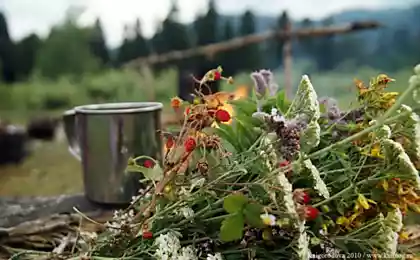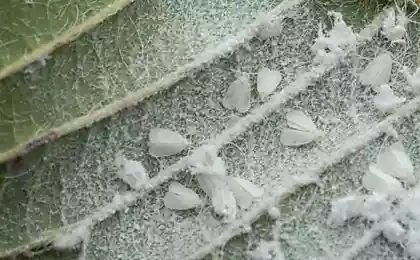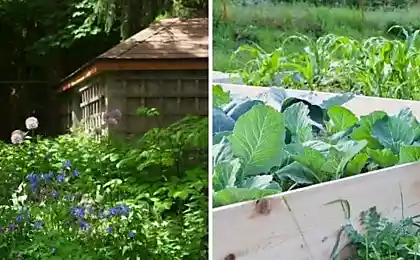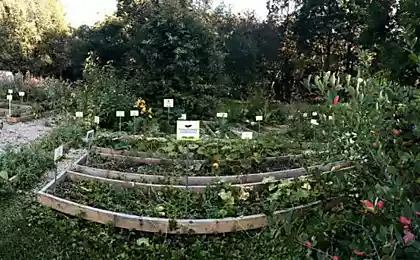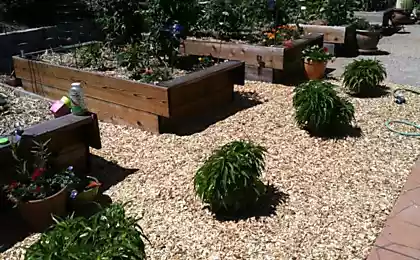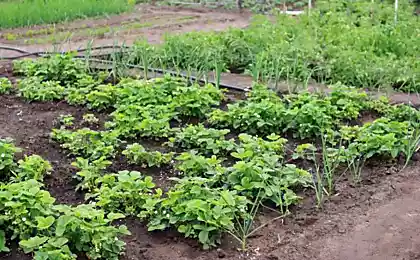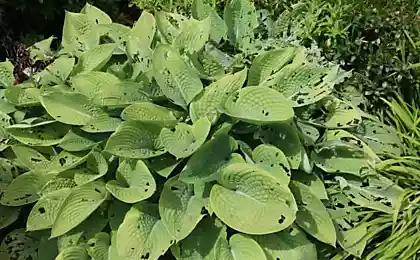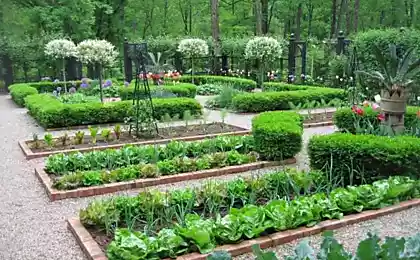171
An effective tool that will help to quickly get rid of whitefly and protect plants
Every summer, lovers spend time in the country have to save plants from various insects. They are not the worst, but they are the worst. whitefly. Today we will tell you more about this pest, and also advise on how to treat whitefly to save your crop.
What does a whitefly look like? So, these are small insects, the length of which does not exceed 2 mm. They have four large white wings, thanks to which they can be seen on the green leaves of plants. That's just worth noting that most often whiteflies are located on the inside of the leaf, and can also fly away in case of danger. This makes it harder to find pests.

On the other hand, whiteflies live in large colonies. So. If this attack shows up on your precinct, you'll probably notice. They feed on the juices of plants, which causes their leaves to twist and turn yellow. Whiteflies also cover the leaves with bear dew. This is such a sticky liquid that promotes the spread of fungus.
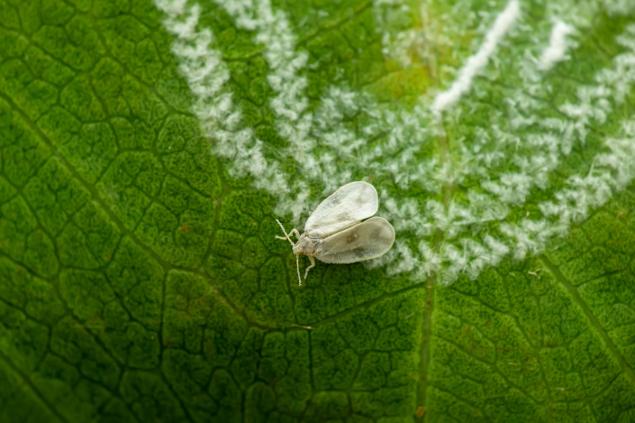
Most often, whitefly can be found on eggplant, tomatoes, cucumbers, squash, pepper. In addition, they love garden plants, such as gooseberry or currants, peaches or plums, roses or peonies.
Ideal for whiteflies can be called the conditions of the greenhouse. Humidity is about 70-80% and temperature from 21 to 26 degrees. But in the open air, these pests also appear regularly. In one month, an adult can lay up to 300 eggs. A year develops up to 15 generations of whiteflies.
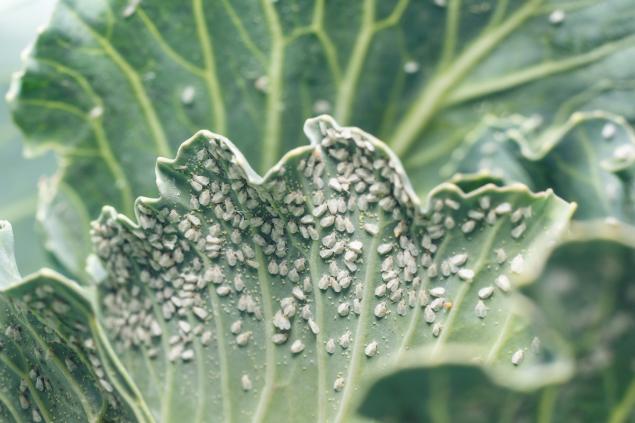
Larvae that hatch become adults in about 2-3 weeks. It is important to remember that adult whiteflies die if the temperature drops to 10 degrees. But eggs are able to survive even winter frosts and continue their development with the arrival of heat.
First of all, let’s talk about prevention. As they say, it is easier to prevent than to overcome. Even if these tips do not work to the end, they can help slow the reproduction of whiteflies, which in turn will be a great help during future pest control.
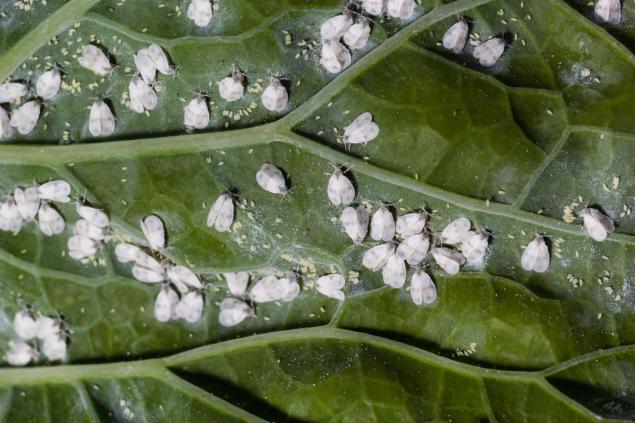
First of all, pay attention to planting material. If it is already infected, then there will be many problems later. Keep your distance during landing. When there is little space between plants, this contributes to the reproduction of whiteflies. Try to destroy weeds, as well as disinfect greenhouses. To do this, dig the soil, and also carry out special processing of structures.

Let’s assume that prevention did not help or the pest still appeared. Of course, you can buy a variety of insecticides in stores. Well, if you do not want to resort to such means, we recommend several folk methods.
In the first case, try to use a dandelion infusion against the pest. Take about 20-30 grams of the root of this plant and 40 grams of leaves. Pour all this with a liter of water and leave for about 2-3 hours. Then strain and treat the plants with the resulting liquid once every two weeks.
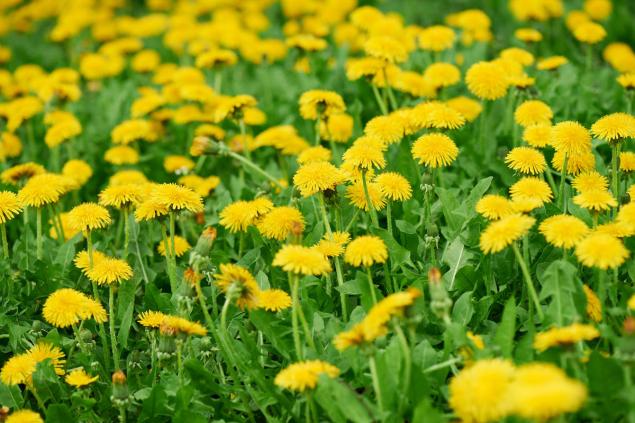
Garlic should also help. Take 100 grams and pour 0.5 liters of water. Leave to insist for five days. Take 5 ml of the resulting infusion per liter of water and treat the plants affected by whitefly once a week.
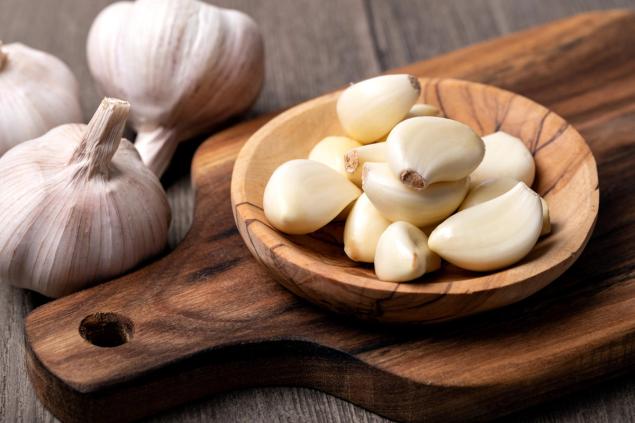
And the last way is iodine. Mix 1 teaspoon of iodine, 2 teaspoons of soda and 40 ml of liquid soap. All this should be diluted in 1 liter of warm water. After that, add another 10 liters of water to the infusion and spray the plants every 2-3 days.
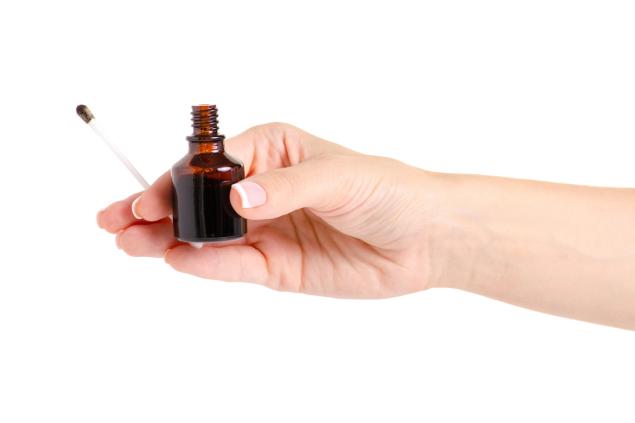
We sincerely hope that these methods will help you get rid of whitefly. If you want to share your way, be sure to write about it in the comments. Maybe you're the one who'll help save someone's crop.
What does a whitefly look like? So, these are small insects, the length of which does not exceed 2 mm. They have four large white wings, thanks to which they can be seen on the green leaves of plants. That's just worth noting that most often whiteflies are located on the inside of the leaf, and can also fly away in case of danger. This makes it harder to find pests.

On the other hand, whiteflies live in large colonies. So. If this attack shows up on your precinct, you'll probably notice. They feed on the juices of plants, which causes their leaves to twist and turn yellow. Whiteflies also cover the leaves with bear dew. This is such a sticky liquid that promotes the spread of fungus.

Most often, whitefly can be found on eggplant, tomatoes, cucumbers, squash, pepper. In addition, they love garden plants, such as gooseberry or currants, peaches or plums, roses or peonies.
Ideal for whiteflies can be called the conditions of the greenhouse. Humidity is about 70-80% and temperature from 21 to 26 degrees. But in the open air, these pests also appear regularly. In one month, an adult can lay up to 300 eggs. A year develops up to 15 generations of whiteflies.

Larvae that hatch become adults in about 2-3 weeks. It is important to remember that adult whiteflies die if the temperature drops to 10 degrees. But eggs are able to survive even winter frosts and continue their development with the arrival of heat.
First of all, let’s talk about prevention. As they say, it is easier to prevent than to overcome. Even if these tips do not work to the end, they can help slow the reproduction of whiteflies, which in turn will be a great help during future pest control.

First of all, pay attention to planting material. If it is already infected, then there will be many problems later. Keep your distance during landing. When there is little space between plants, this contributes to the reproduction of whiteflies. Try to destroy weeds, as well as disinfect greenhouses. To do this, dig the soil, and also carry out special processing of structures.

Let’s assume that prevention did not help or the pest still appeared. Of course, you can buy a variety of insecticides in stores. Well, if you do not want to resort to such means, we recommend several folk methods.
In the first case, try to use a dandelion infusion against the pest. Take about 20-30 grams of the root of this plant and 40 grams of leaves. Pour all this with a liter of water and leave for about 2-3 hours. Then strain and treat the plants with the resulting liquid once every two weeks.

Garlic should also help. Take 100 grams and pour 0.5 liters of water. Leave to insist for five days. Take 5 ml of the resulting infusion per liter of water and treat the plants affected by whitefly once a week.

And the last way is iodine. Mix 1 teaspoon of iodine, 2 teaspoons of soda and 40 ml of liquid soap. All this should be diluted in 1 liter of warm water. After that, add another 10 liters of water to the infusion and spray the plants every 2-3 days.

We sincerely hope that these methods will help you get rid of whitefly. If you want to share your way, be sure to write about it in the comments. Maybe you're the one who'll help save someone's crop.
A Harvard professor told what distinguishes successful and ordinary people
Advantages of installing a hood gas stop for a car

